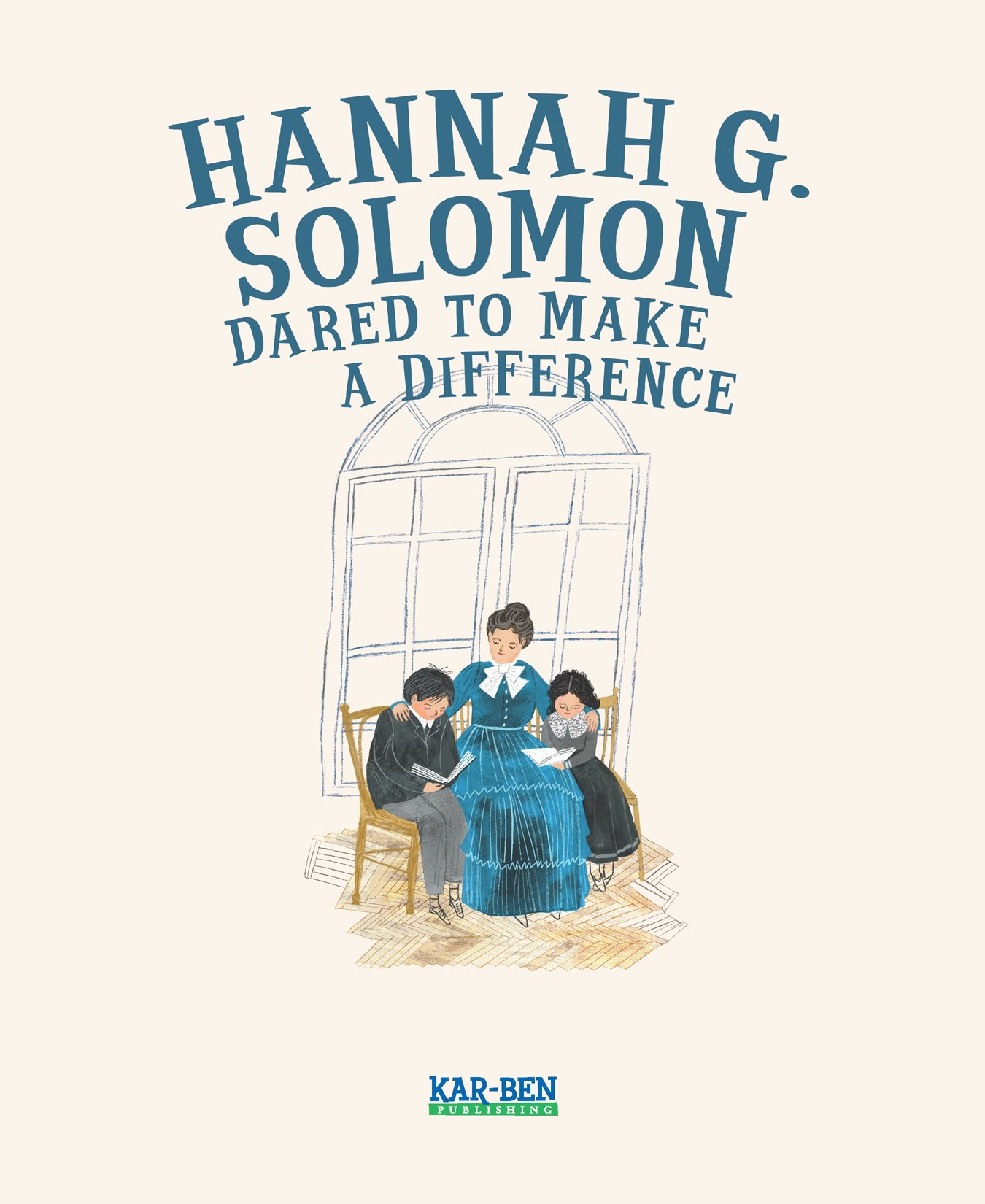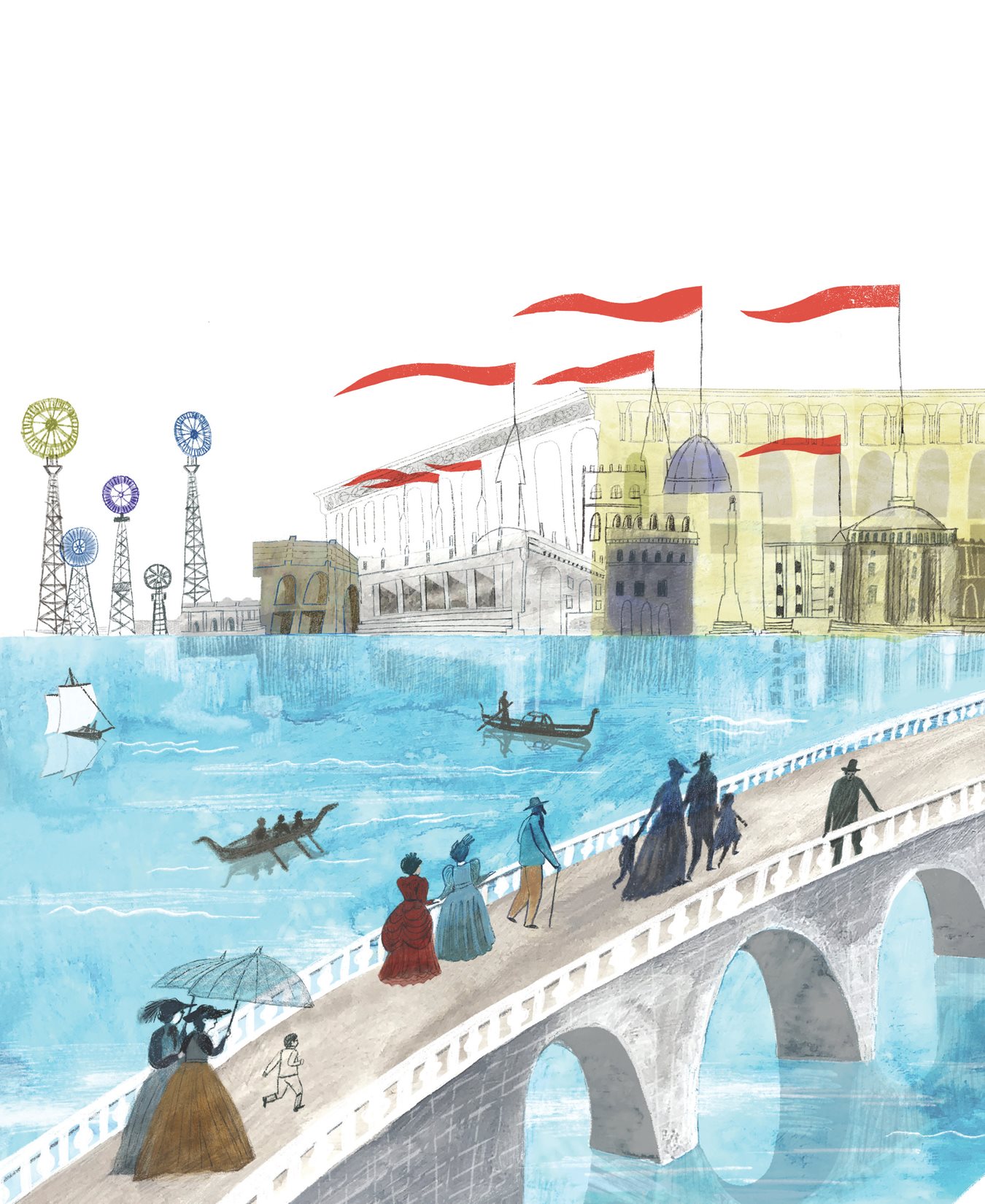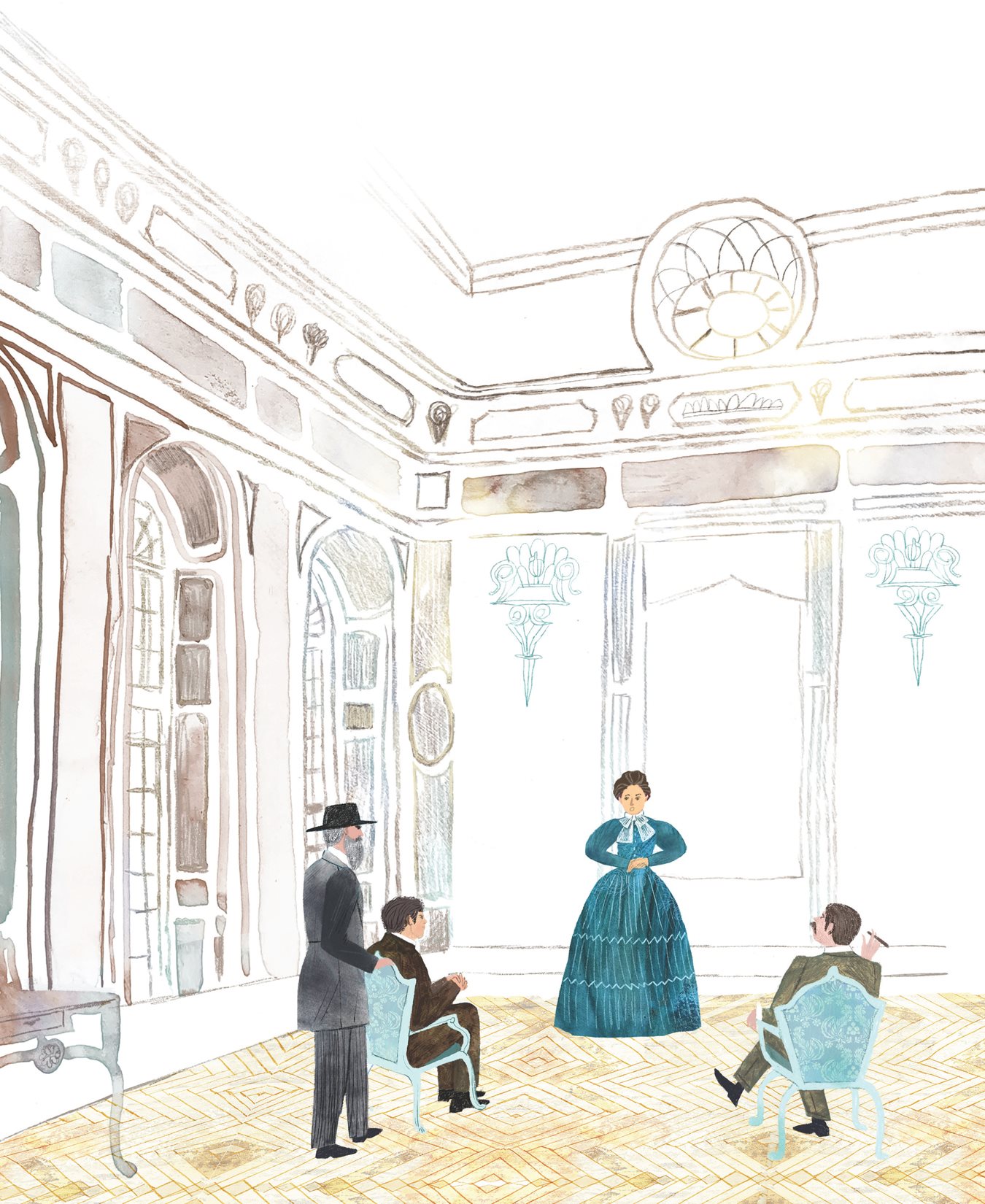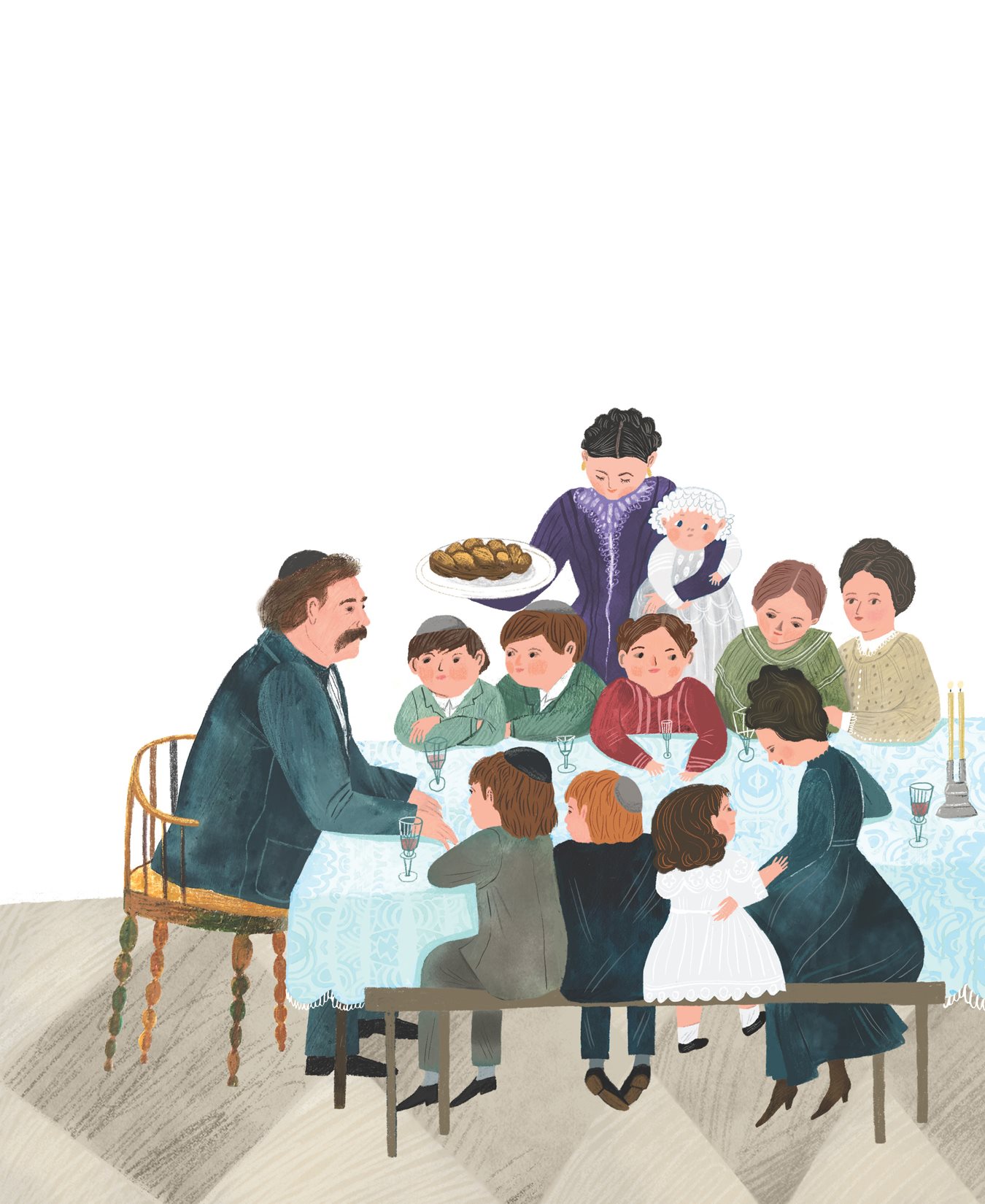Guide

www.karben.com
To my writer-husband Martin, daughter-teacher Shamira, to
Antonia Lavine and Linda Kurtz, NCJW friends who supported
my dream of publishing this book, and to all readers who dare
to make a difference in our world. B.L.
To Aleksandr Egorov, my first and only art teacher S.M.
The author is indebted to the Jewish Womens Archive for access to Hannah G. Solomons autobiography,
The Fabric of My Life: The Autobiography of Hannah G. Solomon , accessed August 27, 2020, and additional
archival material on Hannah Greenebaum Solomon, accessed August 26, 2020, https://jwa.org/
womenofvalor/solomon.
Text copyright 2021 by Bonnie Lindauer
Illustrations copyright 2021 by Lerner Publishing Group, Inc.
All rights reserved. International copyright secured. No part of this book may be reproduced, stored in
a retrieval system, or transmitted in any form or by any meanselectronic, mechanical, photocopying,
recording, or otherwisewithout the prior written permission of Lerner Publishing Group, Inc., except for
the inclusion of brief quotations in an acknowledged review.
KAR-BEN PUBLISHING
An imprint of Lerner Publishing Group, Inc.
241 First Avenue North
Minneapolis, MN 55401 USA
Website address: www.karben.com
Main body text set in Baskerville Com Regular.
Typeface provided by Linotype AG.
Library of Congress Cataloging-in-Publication Data
The Cataloging-in-Publication Data for Hannah G. Solomon Dared to Make a Difference is on file at the Library
of Congress.
ISBN 978-1-72841-573-4 (lib. bdg.)
ISBN 978-1-72841-574-1 (pbk.)
ISBN 978-1-72842-892-5 (eb pdf)
Manufactured in the United States of America
1-48687-49105-11/24/2020
Bonnie Lindauer
Illustrated by Sofia Moore
HANNAH G. SOLOMONS city was buzzing with activity. This year,
1893, the Columbian Exposition would be held in Chicago, Illinois. People
would come from all over to attend this magnificent fair. It would transform
Hannahs frontier town into a glamorous destination known around the world.
In 1893, the Columbian Exposition, later known as
the Chicago Worlds Fair, attracted 27 million people from
around the world. They visited impressive buildings and
gardens created especially for the fair, and they saw art
exhibitions and new inventions like the Ferris wheel.
The fairs planning committee invited Hannah to organize
events for Jewish women during the fair. They knew Hannah
was good at overseeing people and programs.
Hannah was nervous. She had never handled a project this big
before. The job would be a challenge. But it was also an exciting
opportunity. She wanted women from all over the country to attend
the fair, meet one another, and join forces to do good in the world.
Hannahs interest in helping others began in her childhood. Her parents had
come to the United States from Germany. Her father was a volunteer firefighter
and a founder of the first Reform synagogue in Chicago. He also helped new
immigrants find jobs. Hannahs mother started Chicagos first Jewish Ladies
Sewing Society, making clothes for the poor.
Hannahs parents taught her that everyone deserved freedom and respect.
Hannahs father, Michael Greenebaum, taught Hannah that American
slaverythe practice of white people owning Black people as propertywas
wrong. Slavery was not legal in the state of Illinois, but according to the law,
white people in every state were supposed to help capture any enslaved people
who ran away from their owners. Hannahs father refused to follow this law.
When a man fleeing slavery was captured in Chicago, Hannahs father
helped him to escape from jail. The Civil War ended legal slavery in the
United States in 1865, when Hannah was five.
When Hannah was thirteen, an enormous fire swept
through Chicago. All through the night, she wrote later, we
stood at the windows and watched the flames and smokeall of
us fully dressed so that we might be ready to flee to the prairies
if the fire came our way. Her familys home was spared from
the fire, but many others were not so lucky.
My parents opened our house to the homeless, filling it
to capacity, Hannah remembered. The people of Chicago
rebuilt their city, but Hannah never forgot the pain shed
seen among people who had lost everything.
The Great Chicago Fire of 1871 burned for two days,
killed 300 people, destroyed more than 3 square miles of
Chicago, and left more than 100,000 people homeless.
As Hannah grew up, she realized that many people in Chicago
were suffering. Thousands of Jews from Russia and Poland lived
in poor neighborhoods, struggling to survive. Often, several
families had to cram into a tiny two-room apartment. In the winter,
frigid air seeped in through the poorly constructed, badly heated
buildings. This caused health problems.
Many immigrants didnt speak English and didnt have
enough education to get good jobs. Instead, they worked in
dangerous conditions for very low pay. Many families didnt
have enough to eat.
Hannah wanted to help. She and her sister Henriette were

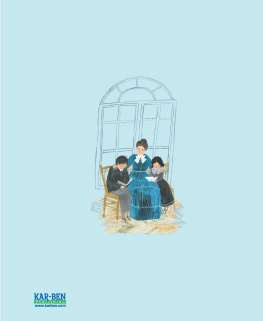

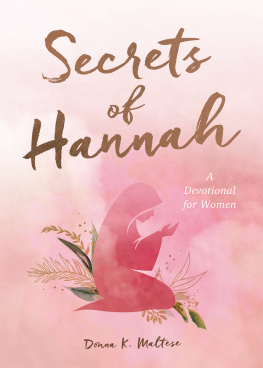
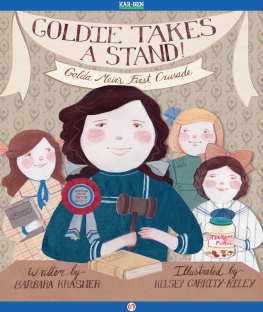
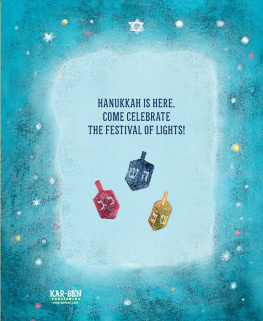
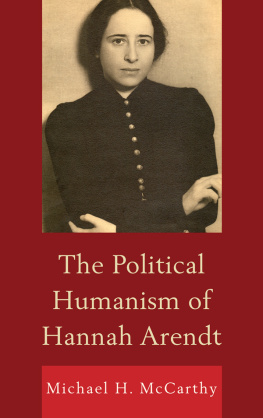
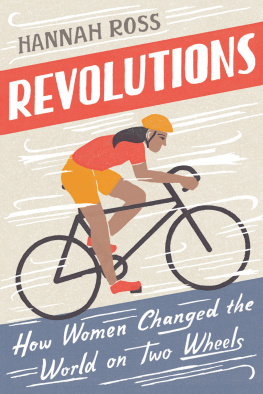
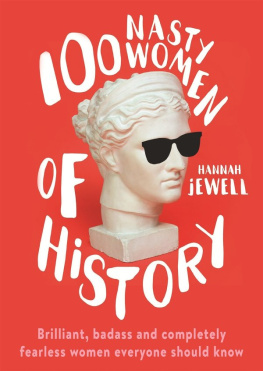


 www.karben.com
www.karben.com

